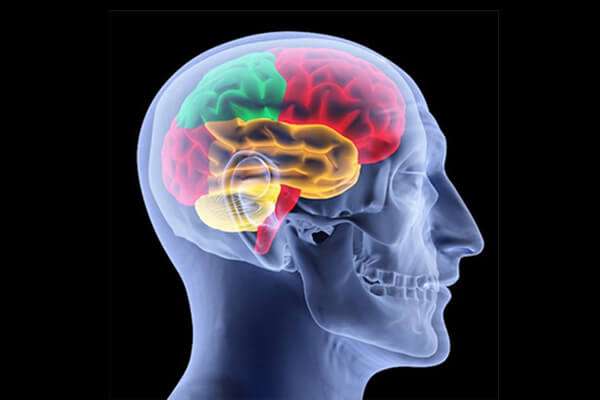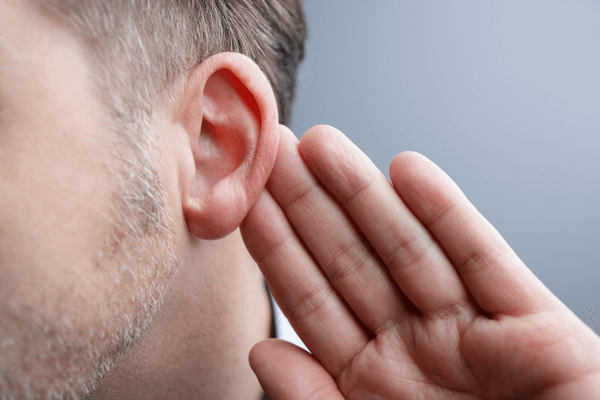This week in Audicus blogs, find out about the latest current events in hearing loss! The year 2016 has brought many discoveries in terms of
hearing loss prevention and the benefits of new hearing aids. Current developments in hearing health news include:
Hearing Loss and Electronic Records
Researchers from the University of California, San Francisco have found that by examining both the genome sequences and electronic medical records of elderly patients with age-related hearing loss, they were able to find two distinct gene variations that were correlated to the hearing loss.
Published in
PLOS Genetics, the study was led by epidemiologist and biostatistician Dr. Thomas Hoffmann. Variation near the gene called ISG20 and variation within the gene called TRIOBP were associated with hearing loss.
Previous studies have linked the TRIOPB gene with hearing loss, but this is the first time that genome sequencing and electronic medical research have been used together to confirm TRIOPB and other variants.
Further research into combining sequencing and electronic records can help to identify more genetic variations that may lead to hearing loss, as well as lead to the development of preventative therapies.
Signia and Hearing Aid Tech
Signia is a company that produces and distributes rechargeable
hearing aid tech.
Cellion, a piece of
hearing aid tech released by Signia in October, is the first lithium-ion powered rechargeable hearing aid. This new form of
hearing aid tech allows users to have wireless streaming for 24 hours after having charged the device once. Cellion devices become fully charged after only 4 hours.
Cellion is also very easy to align inside a charger. Previous models required the “charging contacts” to be aligned in a very tedious configuration for proper use.
This piece of
hearing aid tech can be used by individuals with severe forms of hearing loss and is relatively small in size. Cellion is eco-friendly, unlike previous models that may use hundreds of zinc-air batteries in their lifetimes.
Sensorineural Hearing Loss and Genes
Researchers from Kobe University in Japan have identified a gene that can cause hearing loss. They achieved this by sequencing the genes of over 1000 patients with sensorineural hearing loss and looking for any repeating mutations.
The gene that plays a role in hearing loss, DFNA1, was first suspected of being a causative gene back in 1997, but there was not enough data to confirm the idea. Mice that have mutations in this gene also exhibit hearing defects.
This breakthrough is important because although there have been a number of genes that have been correlated to hearing loss, there was not sufficient data to support that they actually cause hearing loss in many instances.
One in every thousand newborns are diagnosed with sensorineural hearing loss, and at least 25% of people age 65 or older have acquired sensorineural hearing loss, or age-related hearing loss. Further research into the DFNA1 gene can provide methods for both preventing and treating hearing loss in people.
Sources: Science Daily,
The Hearing Review,
Science Daily
By Aaron Rodriques




